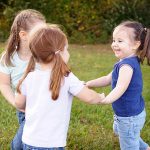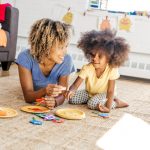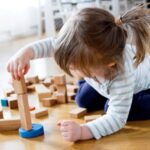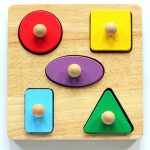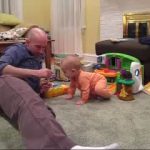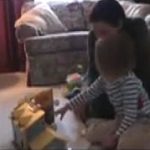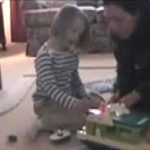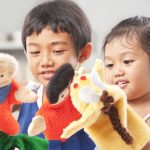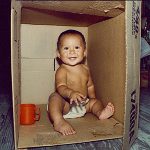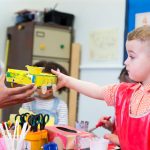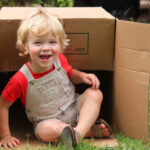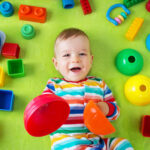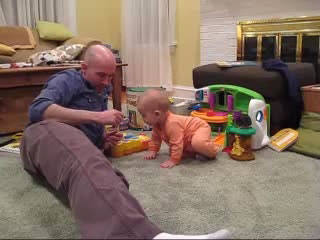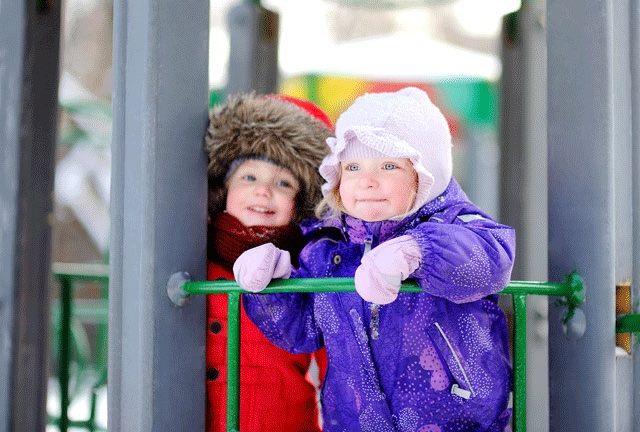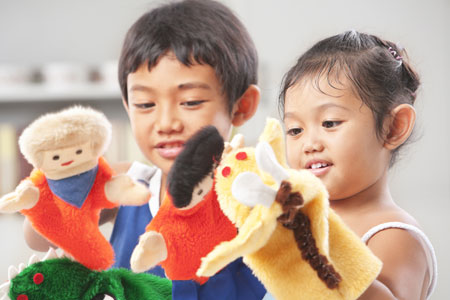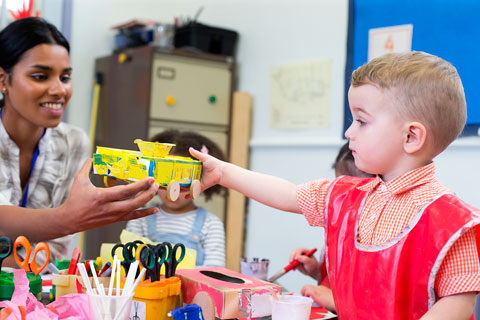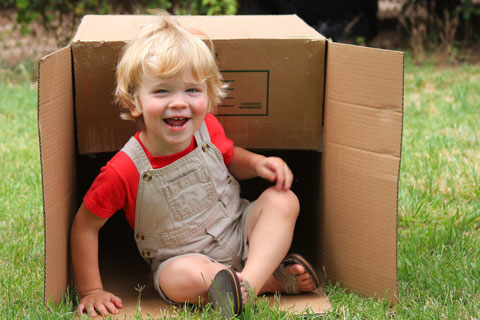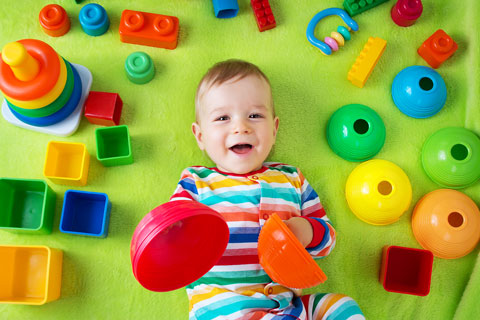Keyword: Toys
-
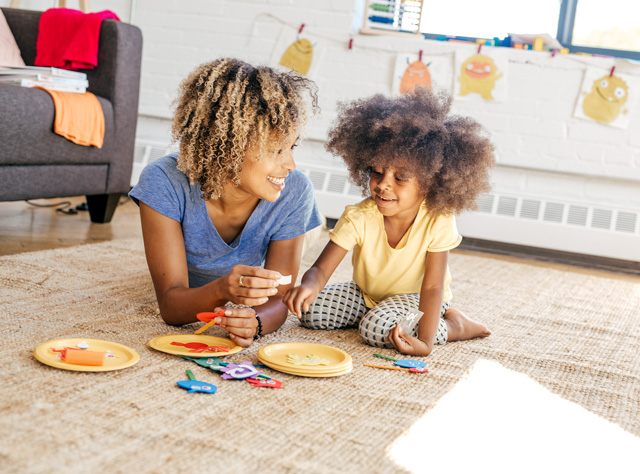
Play Along: Following Your Child’s Interests at Home
Young children love to play. Child-led and open-ended play helps young children develop and learn. Child-led means that the child chooses the activity or the topic and is the leader of the play. Leading play comes naturally to a young child. In this blog, we will describe some strategies for expanding a child’s play in…
-
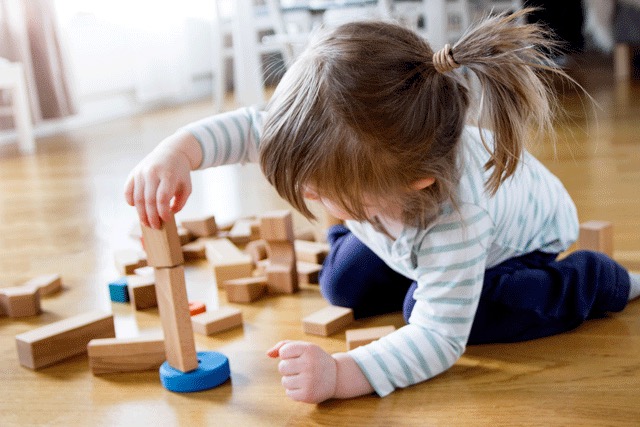
Busy with Blocks (audio)
This podcast, based on a blog written by Dr. Rebecca Swartz, discusses what young children learn from block play. To see the main text of the podcast, you can read the original blog post.
-

Five Things Children Gain from Puzzle Play
Puzzle play is a great time to build cognitive and fine motor skills, but it can also be a time to build social, emotional, and language skills when caregivers use time with puzzles thoughtfully. Here are five things children learn through puzzle play.
-
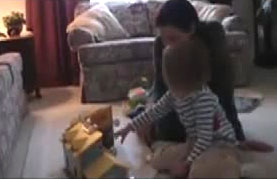
Going Camping
Three-year-old Ellie and her mother are playing with familiar toy family figures, a dollhouse, furniture, and a camper. By listening carefully to what Ellie says as they play, her mother discovers things that she can help Ellie understand in areas such as counting, good manners, and nutrition.
-
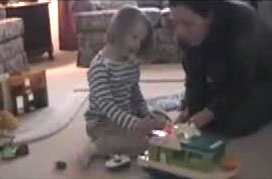
The Doggie and the Shark
In this clip, 3-year-old Ellie and her mother engage in pretend play with small figures and boats. Joining Ellie in pretend play allows her mother to model play skills, extend pretend play, help build vocabulary, and promote problem solving skills.
-
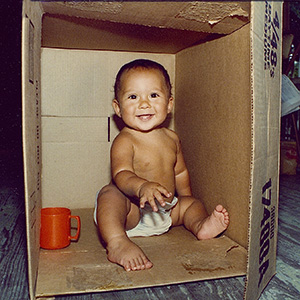
Science Play with an Award-winning Toy
Generations of children have played with cardboard boxes. Many families have stories along the lines of “We got him [name of a popular toy], but he liked the box better.”
